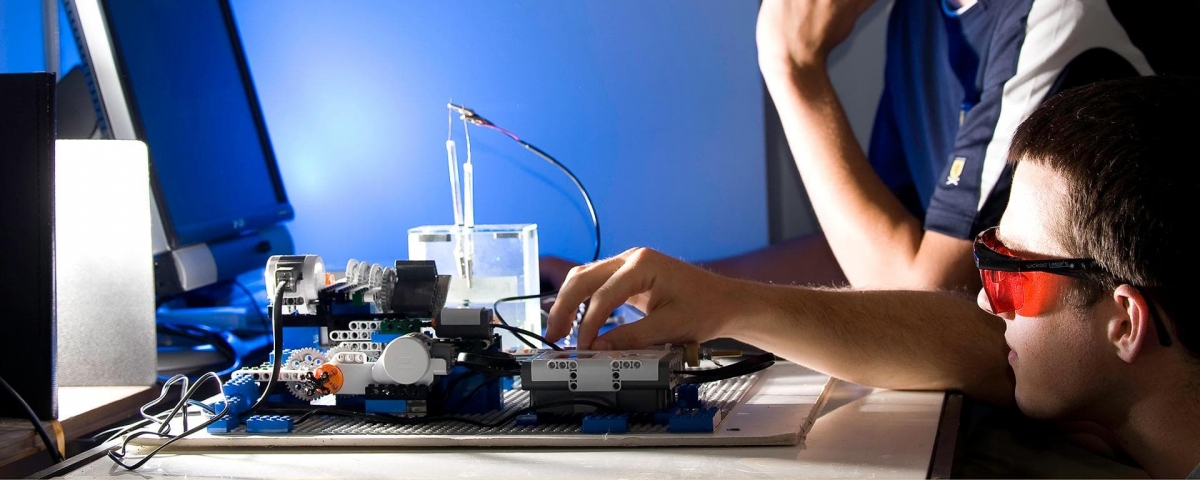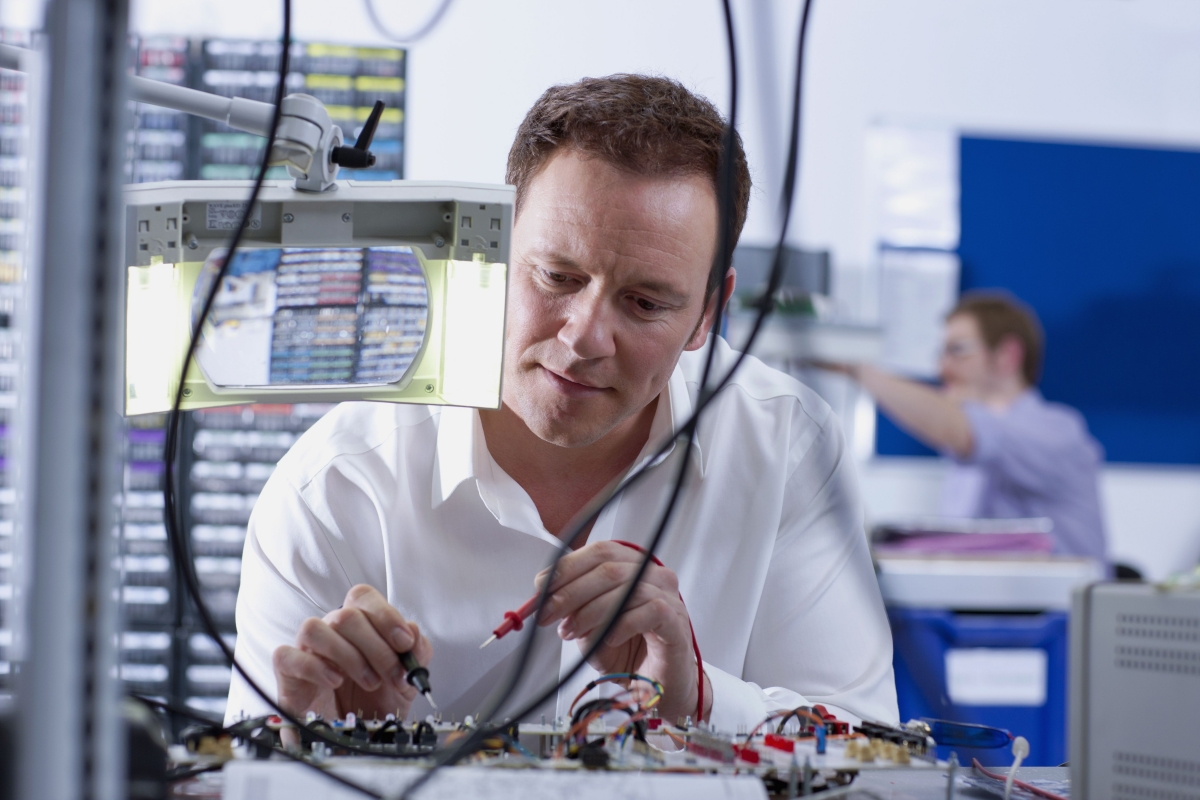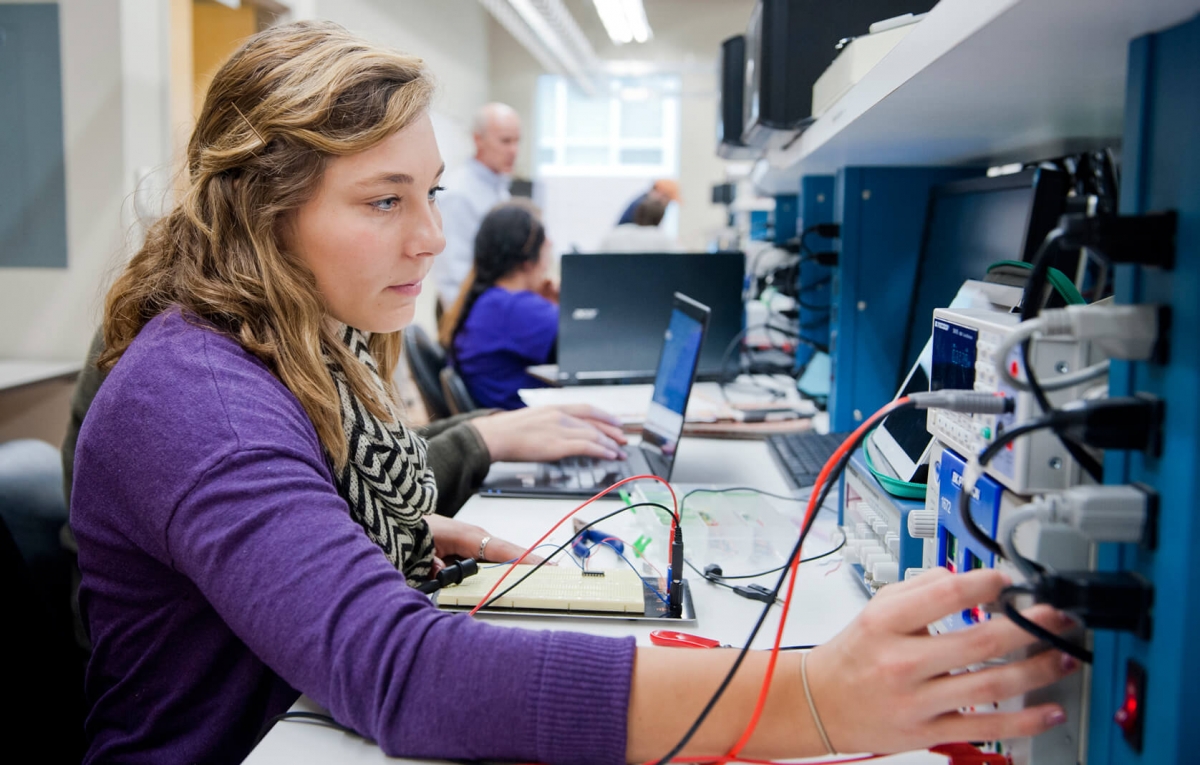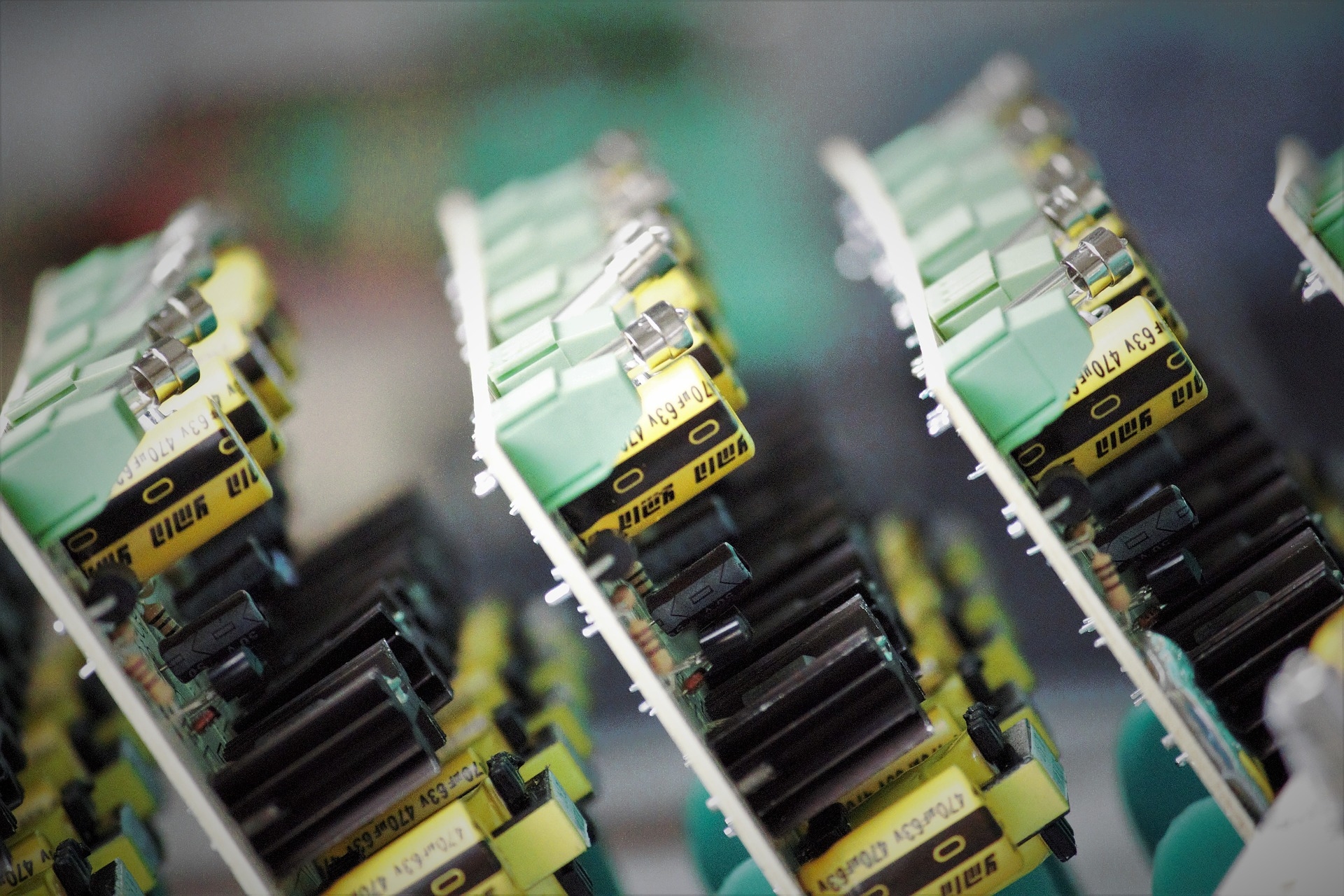There has been much changed since those days when computers were large enough to fit the entire room. Although the design of electronic devices was simpler then, we are not only talking about hardware stuff here. Newer generations of computers impacted the way we think, work, search information and communicate.
That all brings certain challenges for electronic designers who now have to wear many different hats.
Things were easier then ...
Back in the days, about 20 years ago, there used to be a clear distinction between an engineer and technician: one focused on theoretical side of the process and the later one did all practical implementation. Nowadays, it`s different. There is someone we call PCB designer who does the whole thing, starting from schematic drawing and ending with a final PCB layout.

So it doesn’t come as surprise that many engineers have to work 45, 50 or even 60 hours per week. That's just the amount of time that needs to be dedicated to schematic drawing and PCB design. Clearly, as often there is just not enough time to write all project documentation, some parts (e.g., project specification or component description) can easily get omitted.
Commerce is all what seems to count nowadays

Even despite the fact that there is a great amount of open-source platforms like Arduino or Raspberry PI, most clients still demand custom solutions. That means that extra amount of time needs to be spent on research to make sure that product satisfies business needs.
Education matters (or the lack of it)

It’s quite doubtful that developing business focus is part of formal education that most engineers get. In fact, neither is schematic drawing and PCB design: sadly, but colleges mostly teach some theoretical aspects, or in the best case scenario, allow you to do some board prototyping. That`s it. When it comes to a real life job, most graduates realise that they still have much to learn.
Practice and some more practice

What matters even more than education is experience. It`s hard to imagine that someone who's been working in this industry for 20 years, saw this industry grow and evolve, can be replaced easily. Which leaves very little room for young and ambitious professionals to fit in.
We're all individuals
And let's not forget that we are all individuals: we think differently and perceive things differently. So if you ask 10 different hardware engineers to do the same PCB layout, you may end up with 10 different versions of the same PCB design. And that leads us to the last point.
Mistakes are proof that you are trying

Due to the nature of work that is carried out by electrical engineers, some working issues are very likely. Robust schedule, enormous amount of workload can easily add more confusion to the project. And that is why you need PCB design review process.
PCB design review — a new concept in hardware engineering
PCB design review is a new way of reducing the amount of time and development costs spent on designing and producing a PCB prototype. In the core of this concept lies the idea of version control which allows comparing different PCB layouts and schematic drawings visually to spot potential errors during the early stages of PCB designing process.
That improves the overall quality of process and allows significantly reduce time to market and development costs since fewer prototypes with production defects are made.
PCB design review also encourages experience sharing between electrical engineers: that can compensate the lack of experience of junior engineers.

